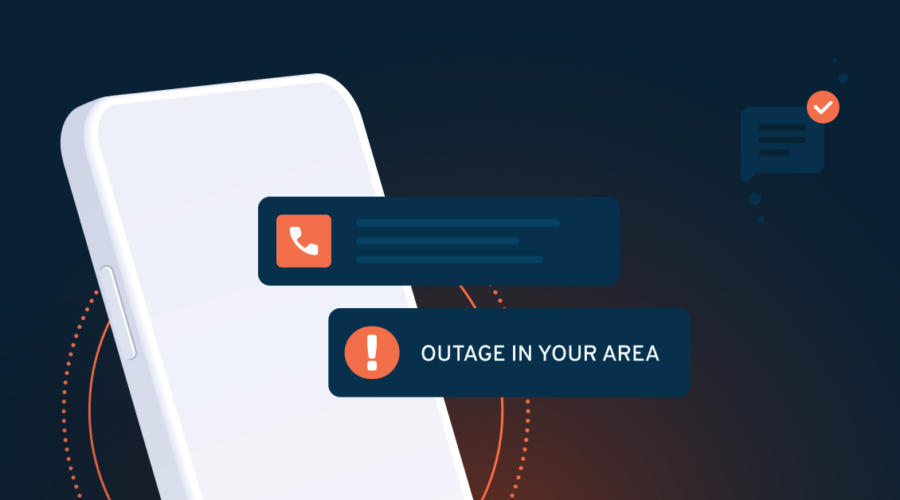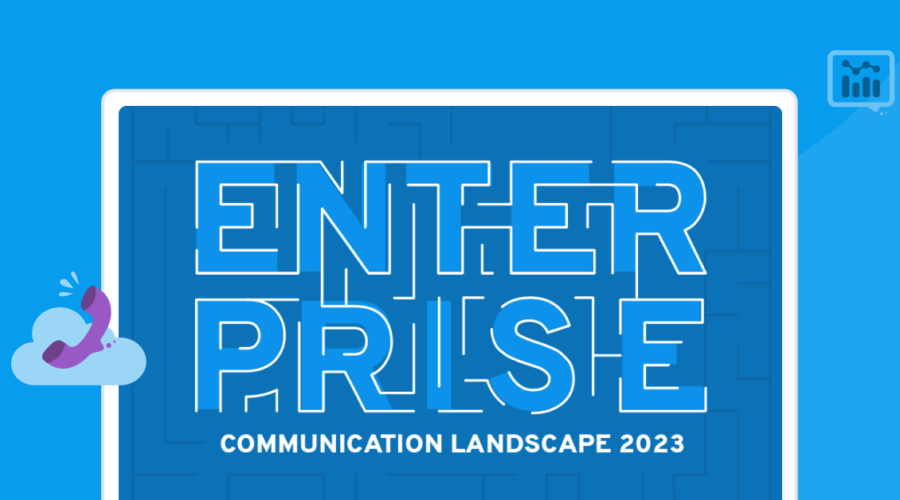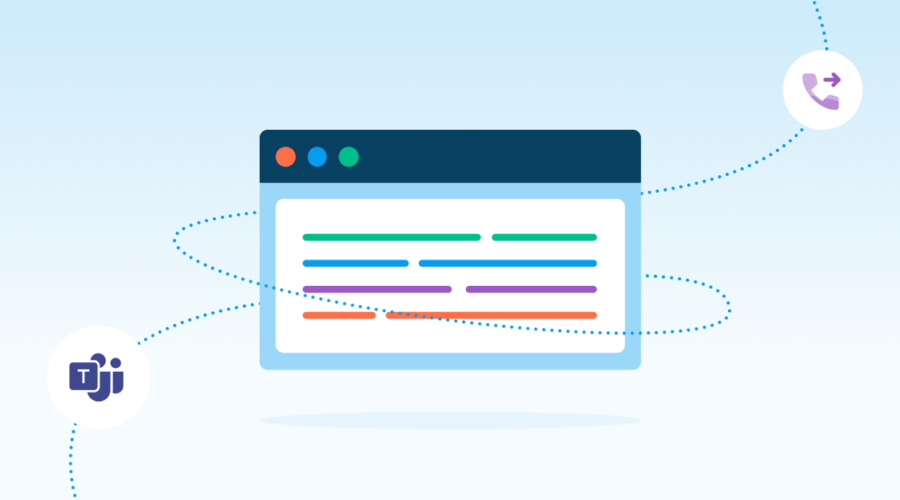911 FAQs

- What’s a VoIP Positioning Center & how Bandwidth address validation works
- Snapshot of Bandwidth network topology & how Bandwidth keeps 911 traffic secure
- Carrier costs to implement 911 services
Choosing an E911 provider can be confusing.
Offerings that sound similar can be significantly different beneath the surface. Choosing a service that doesn’t map to your specific needs can have serious consequences, both for your business and your customers.
The concepts can be confusing–and don’t get us started on the number of acronyms. The first step to picking the right provider is knowing which questions to ask.
Important E911 glossary terms
- ALI: Automatic Location Identification
- ANI: Automatic Number Identification
- CDR: Call Detail Records
- CDM: Call Management Records
- MSAG: Master Street Address Guide
- NENA: National Emergency Number Association
- NRF: No Records Found
- PSAP: Public Safety Answering Point
- VPC: VoIP Provisioning Center
What is a VoIP Provisioning Center, and does yours meet regulatory requirements?
A VPC maintains connections to the databases used by Public Safety Answering Points (PSAPs) to obtain location information and properly route 911 calls.
OUR ANSWER: Bandwidth is a VPC and one of only three Tier 1 VPCs in the U.S. Many service providers rely on our VPC expertise to support 911 for millions of end-user subscribers. We are the only VPC able to support your wholesale and voice at the same time. In addition, we offer 100% PSAP Coverage with 98% of calls each month to Enhanced PSAPs.
How do I manage my VoIP E911 operations?
STEP 1
The first of the four main components of Bandwidth’s VoIP 911 solution is the Dashboard portal, delivering all provisioning, reporting, and trouble ticketing functionality. A single API or GUI interface allows customers to manage both their 911 service and their telephone number inventory, to dramatically simplify your customers’ operations. This portal-based solution is exclusively available from Bandwidth.
STEP 2
The second component is our nationwide network. Bandwidth operates a facilities-based CLEC subsidiary in 48 states, covering over 7,000 rate centers. While a few wholesale VoIP providers offer nationwide rate center coverage, we are one of the few that operates as a VPC to meet your 911 needs. (And, offer wholesale VoIP services.)
STEP 3
The third component is our call routing capabilities. Hosted in data centers in Dallas and Marietta, Georgia, our call routing systems route tens of thousands of emergency calls per month, backed by our 24 x 7 x 365 Network Operations Center (NOC), Customer Experience Team, and technical support to complete our turnkey managed service. You will not find this combination of technical expertise and dedication to customer support elsewhere.
STEP 4
The fourth component is our ability to provide customers a branded website for end users to modify their location information electronically without the need to develop to the API. This too is exclusively available from Bandwidth.
How does your VoIP E911 solution validate addresses?
Find out how several locations can be associated with a single IP-enabled nomadic device. People go many places throughout the day, like home, work, their kids’ schools, the gym, etc. Emergencies can happen at the blink of an eye, so it’s pertinent to be able to give your customers as many options as possible. It is also important that customers be able to update their own records in your 911 system; people may move or change jobs, and placing a service call to update their information can easily become an inconvenience.
OUR ANSWER: We start with your submitted civic/postal addresses, which we then geo-code to assign an X/ Y coordinate for the record, confirming successful validation. We then store the geo-coded address in the master street address guide (MSAG-compliant format for the jurisdiction in question. Each telephone number’s address is then immediately available to respond to PSAP queries. Bandwidth subscribes to the most current geo-code databases available, in addition to working with all of the 911 authorities to obtain MSAG and GIS files. The dedicated support team in turn ensures timely updates to the validation engine. With us, the entire process takes minutes vs. the days or potentially weeks from competing providers.
What is the average error rate?
Look for the highest success rate available; your provider should follow NENA I2 guidelines, plus any specific guidelines required by a given 911 authority. Currently, the civic/postal/MSAG address is the norm.
OUR ANSWER: Bandwidth customers enjoy an average success rate of 98 percent on initial submission, achieved by our validation engine as well as the enhanced functionality of providing alternative address matches to a specific customer’s records at the time of submission. We strive to eliminate the costly and time-consuming back-and-forth associated with legacy static solutions.
What happens when a No Records Found alert is triggered?
When a record is submitted, you’ll receive an alert if no matching record is found. For instance, if a customer transposes the numbers on a street address and the result is an address that doesn’t exist, an NRF alert will be sent. When this happens, your provider should notify not only you, but also any other carriers involved; those carriers will have 48 hours to confirm the address or release the record back to the customer for an update. If the carrier doesn’t perform this action, your provider should promptly return the record to the customer for validation.
OUR ANSWER: We notify customers of NRF alerts upon submission of a record. Simultaneously, we notify the other carrier that an attempt to update the address has been made. If we don’t receive a response from the carrier of record we’ll then release it to the customer to validate.
How is your VoIP traffic kept secure?
Dynamic routing improves the safety of your end users by choosing routes based on real-time location updates, as opposed to manually updated pre-programmed locations.
OUR ANSWER: Bandwidth uses dynamic call routing in its 911 solution. Our dynamic routing utilizes the most current PSAP boundaries and caller location information to ensure accuracy.
Do you offer dynamic call routing?
There are many ways your provider can answer this question, but ideally, 911 calls will be delivered via IP utilizing Session Initiation Protocol (SIP) for call signaling, as well as Real-Time Transport Protocol with the G.711 codec to ensure that calls are toll-quality.
OUR ANSWER: Bandwidth prefers to have 911 calls delivered via IP utilizing SIP for call signaling and the media or audio utilizing Real-Time Transport Protocol. We also offer flexible interconnections via private line or PSTN to meet specific customer needs.
Can you deliver to any PSAP capable of E911?
A provider should be able to offer a variety of PSAP connectivity options to maximize E911 availability. Good 911 providers will have a process for working with the PSAP to ensure service is available when you need it. Your provider should be able to deliver calls to PSAPs in all the regions where you have end users. Good 911 providers will have a process in place for testing with the PSAP when you turn your service up.
OUR ANSWER: At Bandwidth, we cover 100% of the US, Canada, and Puerto Rico with 911.
What are your capital costs to implement a 911 solution?
Upgrading infrastructure to support 911 should not require costly hardware-based capital investments or the operational headache of forklift upgrades. If that were the case, every expansion of service will impact the quality and reliability of your customers’ 911 calls.
OUR ANSWER: At Bandwidth we are able to provide 911 call routing to your end users quickly and painlessly, using software-based IP technology that leverages the existing infrastructure.

Do you offer automatic location information database management services?
The provider should be able to check, modify, reformat, and insert records into all ALI databases nationwide for local exchange carriers to meet 911 requirements for their traditional wireline subscribers.
OUR ANSWER: Yes, Bandwidth offers all of those services to ensure local exchange carriers meet all of the 911 requirements.
What is your roadmap for Next Gen 911?
The national 911 system is 30 years old and is not suitable to meet the needs of today’s population. As more users access 911 through mobile devices and as first responders demand the benefits of receiving images, video, and audio, providers should be ready to deploy NG911 and National Emergency Number Association (NENA) standards.
OUR ANSWER: Bandwidth is a leader in NG911. Because our routing system is NG911 ready and consistent with NENA standards, we are able to interface directly to NG911 systems as they are deployed around the country.




